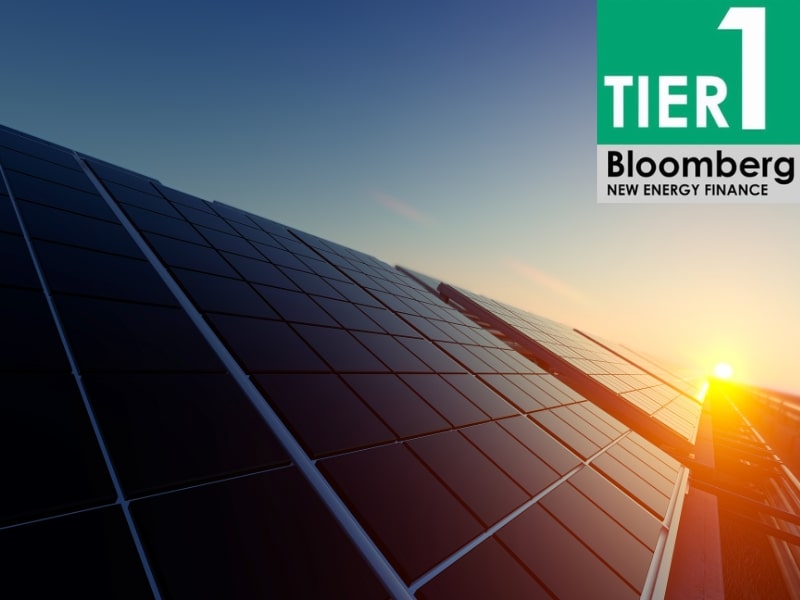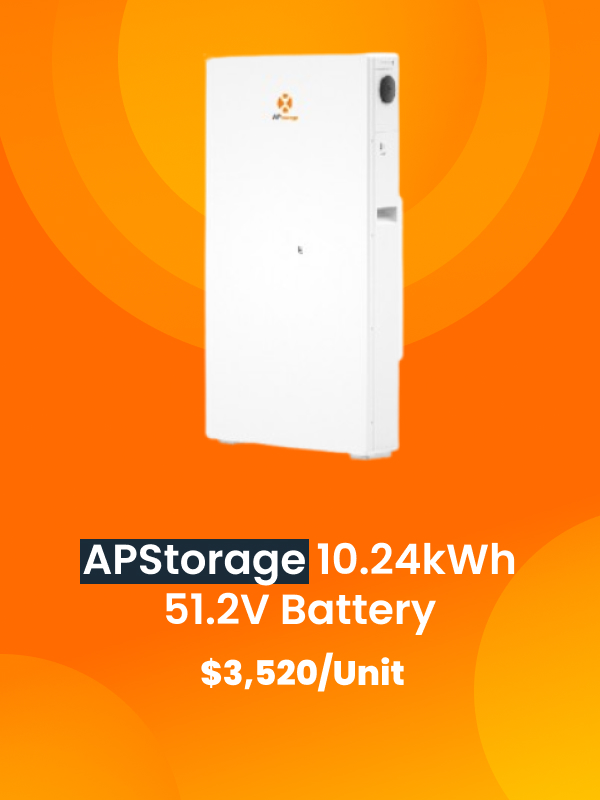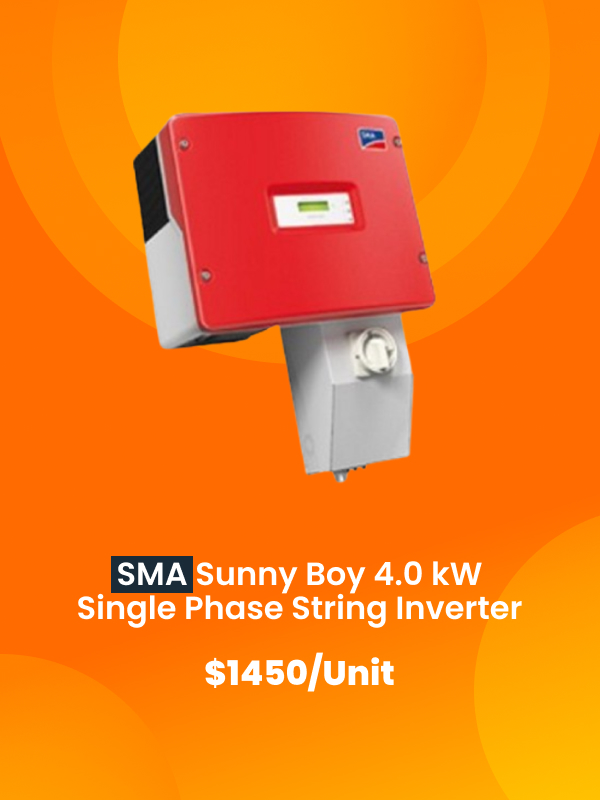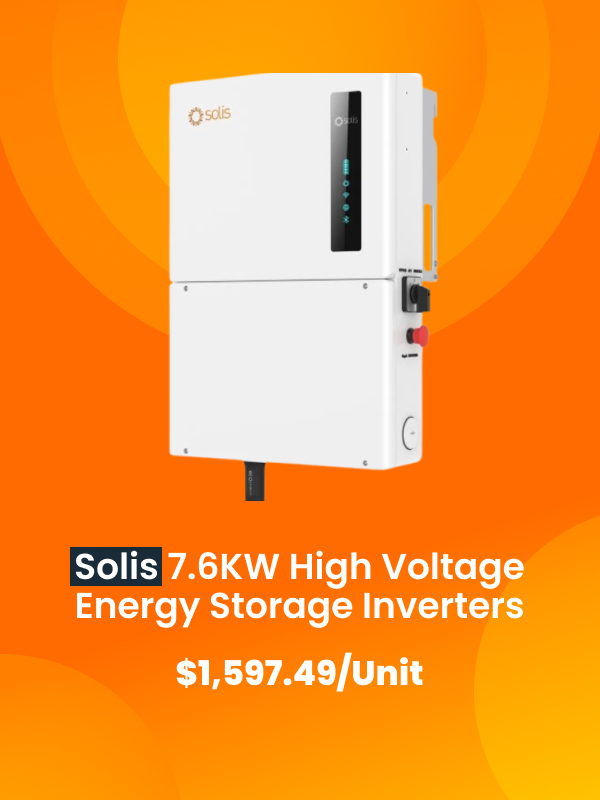Have you come across the term ‘Tier 1 solar panels’ as you work on your solar project? What about Tiers 2 and 3?
Tiering is a challenging concept to keep track of for those of us in the solar industry, so it might be a tough one for you as well.
If the solar tiering system has you vexed, we’ll clear things up so you can get back to shopping.
Now, let’s shine some light on how understanding solar tiering can help you choose your system.
What the solar panel tier system is, and why it exists
Let’s start with what the tier system isn’t. It’s not a solar panel rating but rather a description of the bankability of the manufacturer of the solar panels, which is a valuable piece of information for consumers. Bankability refers to critical financial and manufacturing metrics determining a manufacturer’s ability to repay its debts. You can read more about that and check the ratings of manufacturers here.
There are several solar rating systems, but the Bloomberg New Energy Finance (BNEF) Solar Module & Inverter Bankability report is the most highly regarded by investors and industry insiders. There are a few important things we want you to take away from Bloomberg’s reports:
- They specify that their tiering system refers to bankability only. They recommend that consumers and banks seeking information about solar panel quality go to technical due diligence firms such as RINA (formerly OST Energy), ATA Renewables, Wood Plc, PVEL, Black & Veatch, TUV, E3, STS Certified, Clean Energy Associates, PI Berlin, Pvbuyer, Enertis, Oravia, Leidos Engineering, the Austrian Institute of Technology (AIT) or Phoventus. For that reason, we’d recommend you do the same.
- Bloomberg only provides tier 1 ratings. Other rating sources classify Tier 2 and Tier 3 ratings.
- Tier 1 manufacturers must have completed at least six 1.5 MW+ projects, financed non-recourse by six different commercial banks in the past two years. Non-recourse means the lender cannot take anything back other than the collateral associated with the project, indicating that the manufacturer has strong credit.
- The tier 1 system is a sliding scale meaning that manufacturers can be removed from the list, and new ones can make it on at any time. Bankruptcy or insolvency qualifies as a reason for removal.
Tier 1 companies are considered the most reputable and reliable, with strong financial backing and a proven track record of delivering high-quality solar products. Tier 2 companies produce quality products with slightly lower production capabilities and financial stability, while Tier 3 companies are relatively new entrants in the market with limited experience.
How Tiers 1, 2, and 3 differ
Tier 1 Manufacturers
Tier 1 manufacturers are the gold standard because they produce high-quality, reliable products with best-in-class warranties.
They’re manufacturers with strong financial stability, a long history of producing solar panels, and an extensive research and development budget.
Tier 2 Manufacturers
Tier 2 solar panels may still be good quality, but they may be less-established brands of less durable or efficient components.
Tier 3 Manufacturers
Tier 3 solar panels usually come from new or less-experienced manufacturers and, as such, may have less stringent quality control measures in place. While they may be more affordable, they may also be less reliable in the long term.
Remember that any of these panels can climb up the list over time.
Understanding the differences between these tiers can help you decide which solar panel is right for your project.
| Tier 1 Solar Panels | Tier 2 Solar Panels | Tier 3 Solar Panels |
| Listed by Bloomberg New Energy Finance | Not listed by Bloomberg | Not listed by Bloomberg |
| Highest quality | Good quality | Quality unknown |
| Most reliable | Less established | Not established |
| Most bankable | ||
| Most durable | ||
| Best Warranties |
What to expect from tier 1 rated panels
While we’ve discussed that Bloomberg New Energy Finance considers bankability when releasing their ratings, we should consider why these solar companies are bankable in the first place. The chances are that they’re selling high-quality products!
Here are some of the features you can expect from panels manufactured by tier 1 manufacturers:
- The panels will have passed all necessary testing and certifications
- The manufacturers offer premium quality panels
- The panels will be efficient and durable with low degradation rates due to being manufactured from high grade components
- Warranty coverage of at least 25 years.
By considering all of these factors, you can make an informed decision about which panels will best meet your needs and provide the greatest value over the life of your system.
How tiering impacts manufacturers
Because tiering categorizes solar manufacturers based on their level of financial stability, reliability, and quality of products, a higher tier gives them an edge in the marketplace.
Higher tiers allows them to secure more contracts and partnerships, strengthening their position in the industry which is critical for long-term success. It assures potential customers that the manufacturer is dependable, leading to increased market share and growth opportunities.
Ultimately, manufacturers who maintain a strong tier status benefit in the long run.
What types of projects are Tier 1 solar panels used for?
Recall that Tier 1 solar panels are known for their high quality, high efficiency, long-lasting performance, and durability. They can withstand harsh weather and extreme temperatures, which means they can be costly.
Tier 1 solar panels are the best choice for large-scale projects such as solar farms and commercial buildings. They’re also an option for higher-budget residential projects requiring premium quality.
Should I consider Tier 2 or Tier 3 solar panels?
When considering solar panel options, it’s essential to understand what type of system will best suit your needs. Tier 2 and tier 3 solar panels are appropriate for specific situations.
Tier 2 panels are a step down from tier 1 but provide reliable energy output. These may be a good choice for smaller applications such as residential or commercial buildings with less energy demand. You can expect lower efficiency and may have a higher degradation rate than tier 1, but you should still be pleased with your purchase.
Tier 3 panels are the most budget-friendly option but may operate at a lower or unpredictable efficiency level. Recall that these are lesser established companies, so we may not know what we’re getting in the first place. These may be suitable for projects with limited funding or locations with lower average sunlight hours.
Ultimately, selecting the right solar panel tier depends on the project’s specific requirements and the system owner’s goals.
How to choose the right tier for my project
When choosing the proper manufacturer for your needs, there are a few key factors to consider. One of the most important is your budget, as different tiered manufacturers will come at various price points. Much as you when you consider purchasing a car or clothing, you’ll need to consider the quality you need.
A higher tier might be the way to go if you’re looking for a product that can stand up to heavy use over a long period.
It’s also important to remember the warranty each manufacturer offers. You don’t want to be caught without protection if something goes wrong.
By weighing these factors carefully, you can decide which tier is right for you.
The bright idea
The tier rating of the brand you decide to purchase will be directly related to your system’s cost, efficiency, and quality.
Now that you understand what goes into the solar tiering system, you can make a more informed buying decision.
With all this in mind, exploring all options is vital to achieving long-term success with your solar system.
When in doubt, it’s always best to consult a professional who can answer any questions about selecting the right tier for your project.
If you need assistance making this decision or want additional information on tier ratings, contact our team of experts. We can help walk you through every step so that you choose the best option– one that will ensure a quality experience along the way and save you money over time.




